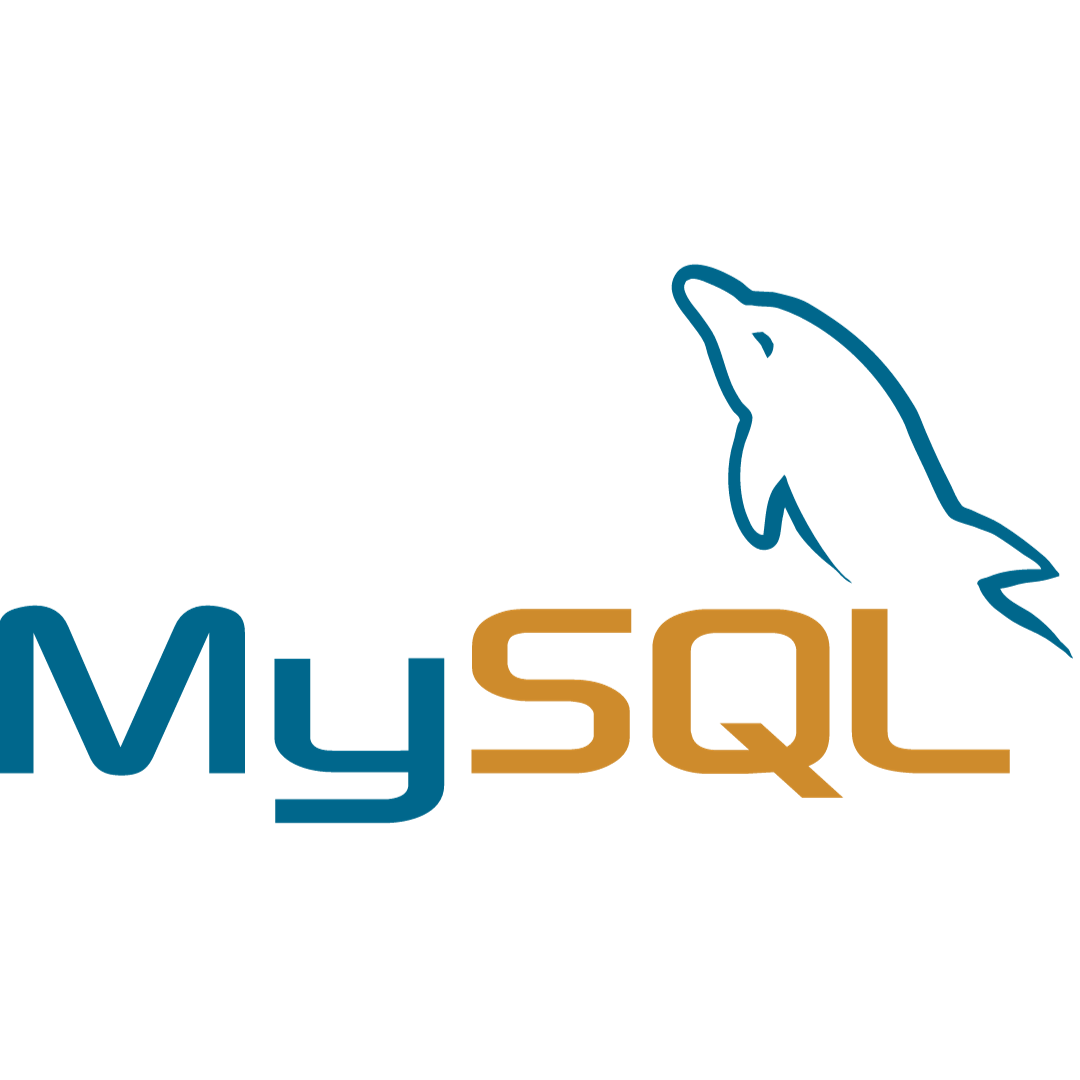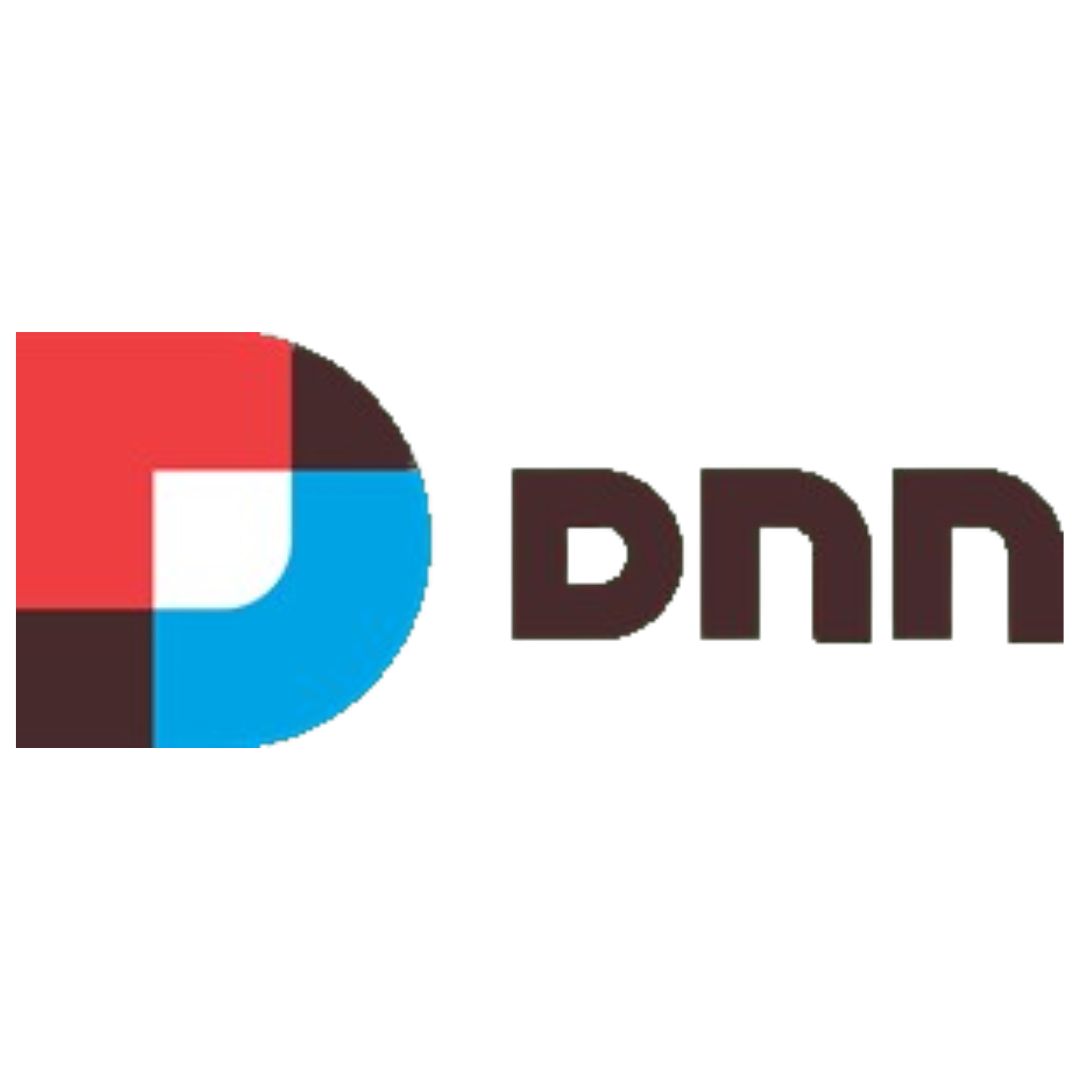
Steps Of Bug Tracking In Applications
With the dynamic and fast-paced nature of mobile app development, a seamless bug-tracking process is paramount for delivering a high-quality mobile application. Bugs, glitches, and errors are inevitable in the development journey. But, it all depends on how you handle and resolve them to make a significant difference in the user experience. If you have a bug in your mobile app or want to ensure that your existing mobile app is bug-free, this blog is for you. In this guide, we will explore the steps and best practices that are required for a robust bug-tracking system for mobile apps.
In case of any assistance, you can reach out to Exavibes from this page - https://www.exavibes.com/
Steps of Bug Tracking
Bug tracking encompasses various methods for efficient issue identification and resolution. Manual testing involves hands-on exploration, while automated testing utilizes scripts and tools. Issue-tracking platforms like Jira and version control systems like Git streamline the process, ensuring a systematic approach to bug management. Additionally, user feedback and customer support reports offer valuable insights for real-world bug detection and prioritization.
1. Define Clear Bug Tracking Objective
The first step in establishing an effective bug tracking process is to define a clear objective. You first need to determine what aim to achieve by the bug tracking such as reducing time-to-resolution, improving communication among team members, and enhancing the overall app quality. With clear objectives defined, you can serve as a foundation for designing a process that aligns well with your development goals.
- Specify measurable metrics for each objective to track progress over time.
- Ensure that bug-tracking objectives align with the broader goals of the development team and organization.
- Involve key stakeholders in the objective-setting process to gather diverse perspectives and insights.
2. Choose the Right Bug Tracking Tool
Selecting the right bug-tracking tool is pivotal for creating a seamless process. With tools like Jira, Bugzilla, and Trello, you can offer various features that are tailored to various development needs. You can consider factors like team size, project complexity, and integration capabilities while choosing a tool. The goal is to have a centralized platform for developers, testers, and other stakeholders that can log, monitor, and resolve bugs efficiently.
- Conduct thorough research on available bug-tracking tools and their user reviews.
- Test the compatibility of potential tools with existing development workflows.
- Engage team members to gather valuable insights on their preferences and requirements, fostering a collaborative approach to refining processes.
3. Establish a Standardized Bug Reporting Format
Consistency is key to bug reporting. You can create a standardized format that includes all the essential information like bug description, steps to reproduce, and the actual behavior and screenshots or error logs. This also ensures that every bug report contains all the necessary details for developers to understand, replicate, and address the issues effectively.
- Provide a template or checklist to streamline the bug-reporting process for team members.
- Regularly review and update the bug reporting format based on evolving project needs.
- Encourage collaboration between developers and testers to refine the reporting format collaboratively.
4. Prioritize Bug Tracking Effectively
Not all bugs are created equally, prioritization is critical for an efficient bug resolution. You can establish clear criteria that prioritize bugs based on factors like severity, impact on user experience, and project timelines. This also allows the development team to focus on addressing critical issues first to ensure a smoother development process.
- Implement a scoring system that considers both technical and business impact.
- Hold regular prioritization meetings to ensure alignment with shifting project priorities.
- Continuously evaluate and adjust the prioritization criteria based on team feedback and evolving project dynamics.
5. Foster Effective Communication on Bug Tracking
Communication is the core backbone of any successful bug tracking process. You can encourage open communication channels among the team members including developers, testers, and project managers. With this, a regular status update, feedback loops, and a collaborative discussion streamline the bug resolution process and prevent misunderstandings.
- Utilize collaboration tools to facilitate real-time communication and information sharing.
- Establish clear channels for reporting urgent issues and emergencies.
- Encourage a culture of constructive feedback to improve communication effectiveness.
6. Implement a Continuous Testing Approach for Bug Tracking
“Prevention is always better than cure.” Hence, you can integrate continuous testing in your development workflow that identifies and addresses potential early in the process. With these automated testing tools, you can get assistance in running tests consistently that provide rapid feedback to developers that reduces the likelihood of bugs reaching the production stage.
- Conduct regular reviews of automated test scripts to ensure relevance and efficiency.
- Invest in training for team members to enhance their proficiency in automated testing tools.
- Integrate continuous testing into the CI/CD pipeline to catch bugs early in the development lifecycle.
7. Monitor and Analyze Trends for Bug Tracking
With a proactive bug tracking process, you can involve monitoring and analyzing trends over time. You can identify all the recurring issues, patterns, and areas that are necessary for improvement. This data-driven approach enables teams to implement preventive measures to enhance the overall quality of the mobile app and to minimize future bugs.
- Use analytics tools to track bug resolution times and identify bottlenecks.
- Implement root cause analysis for critical bugs to address underlying issues.
- Regularly review trend data to make informed decisions about process improvements.
8. Regularly Update and Maintain Documentation for Bug Tracking
Documentation is often overlooked but it plays a critical role in a seamless bug-tracking process. You can maintain a detailed record of bug reports, resolutions, and any changes that are made to the app. This documentation serves as a reference for future development and also aids in knowledge transfer among all the team members.
- Schedule regular documentation reviews to ensure accuracy and relevance.
- Apply version control to documentation for precise tracking of changes over time, ensuring accuracy and collaboration.
- Use documentation as a training resource for onboarding new team members.
9. Conduct Regular Training Sessions on Bug Tracking
You can keep your team well-versed in bug-tracking processes by conducting regular training sessions. This ensures that all the team members understand the bug-reporting format and make efficient use of a bug-tracking tool that has an overall workflow for bug resolution. This investment is also efficient in the way training pays off in terms of increased efficiency and reduced errors.
- Tailor training sessions to address specific challenges or improvements identified through feedback.
- Foster a collaborative learning environment where team members can share insights and best practices.
- Provide ongoing training opportunities to keep the team updated on new tools and methodologies.
10. Solicit User Feedback for Bug Tracking
Users can also give valuable allies in bug identification. This encourages users to provide feedback on app functionality, report bugs that they encounter, and suggest improvements. You can implement user feedback into the bug-tracking process that enhances the app’s user experience and ensures that all the issues affecting the end-users are promptly addressed.
- Establish user-friendly feedback channels within the app to encourage participation.
- Acknowledge and appreciate users for their contributions to bug identification.
- Regularly communicate with users about bug fixes and improvements to demonstrate responsiveness.
11. Personalize the Bug Tracking App
Tailoring your bug-tracking software to meet the unique needs of your team is crucial for effective project management. Personalization allows you to align the software with specific workflows, ensuring seamless integration into your development process. Customizing fields, workflows, and notifications helps to streamline communication and ensures that the software aligns precisely with your team's preferences and requirements.
- Integrate user-friendly feedback channels directly within the app interface, making it easy for users to share their insights and report bugs effortlessly.
- Acknowledge and express gratitude for users who actively contribute to bug identification. Recognition serves as positive reinforcement and encourages ongoing engagement.
- Maintain regular communication with users, updating them on bug fixes and improvements.
12. Craft an Effective Fault Tracking Workflow
Creating an effective fault-tracking workflow is essential for maintaining software integrity. Start by outlining a systematic process that identifies, documents, and resolves faults. Clearly define roles to ensure seamless team collaboration and communication. Implement proactive monitoring to detect faults early, mitigating potential risks. Regularly review and refine the workflow based on fault analysis for continuous improvement.
- Embed user-friendly feedback channels directly within the app interface to simplify the process of sharing insights and reporting bugs effortlessly.
- Express gratitude for users actively involved in bug identification, reinforcing their positive impact and encouraging continued engagement.
- Maintain consistent communication with users, providing updates on bug fixes and improvements.
13. Bug Tracking with Data Recovery and Backup
Leveraging data recovery and backup mechanisms in bug tracking is pivotal for maintaining the integrity and reliability of critical information. Incorporating robust data management practices ensures that valuable bug-tracking data is safeguarded against unexpected incidents, such as system failures or data loss. By implementing a structured approach to data recovery and backup, teams can minimize the impact of unforeseen events, recover swiftly from setbacks, and maintain a seamless bug-tracking process with minimal disruptions.
- Robust data recovery and backup ensure bug-tracking data integrity, shielding against unexpected incidents.
- Structured practices minimize disruptions, allowing for swift bug-tracking process recovery.
- Proactive data management enhances the bug tracking system's efficiency and reliability, contributing to effective issue resolution.
Creating a seamless bug-tracking process for mobile apps is a continuous journey that requires commitment, collaboration, and adaptability. By following these steps and incorporating best practices, development teams can significantly improve their bug resolution efficiency, leading to higher-quality mobile applications. Remember, the key is not just fixing bugs but establishing a proactive and preventive approach to ensure a smoother and more successful mobile app development process.
You can also visit related blogs:


































































comments for "An Interview with Exavibes Services"
Leave a Reply